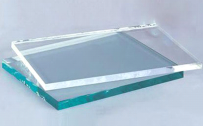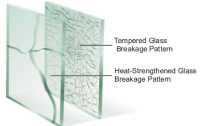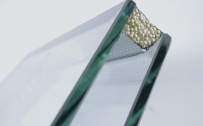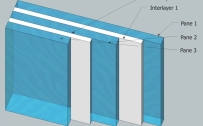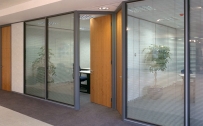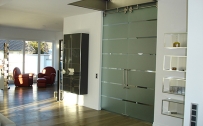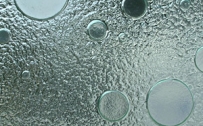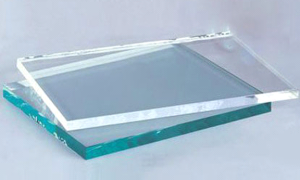

Annealed glass is glass produced without internal stresses imparted by heat treatment, i.e., rapid cooling, or by tougheningor heat strengthening. Glass becomes annealed if it is heated above a transition point then allowed to cool slowly, without being quenched. Glass is treated with heat in order to change its properties by the annealing process. Annealed glass is the most common glass used in windows. Annealed glass is also known as a standard sheet of float glass.
Annealing is actually a process of slowly cooling glass to relieve internal stresses after it is formed. The glass, formerly annealed on shelves in a melting furnace, is now usually carried on rollers through temperature-controlled kiln known as a Lehr (annealing ovens). The shaped glass is annealed to relieve stresses caused by manipulation, then is slowly cooled.
Glass which has not been annealed is liable to crack or shatter when subjected to a relatively small temperature change or mechanical shock. Annealing glass is critical to its durability. If glass is not annealed, it will retain many of the thermal stresses caused by quenching and significantly decrease the overall strength of the glass.







